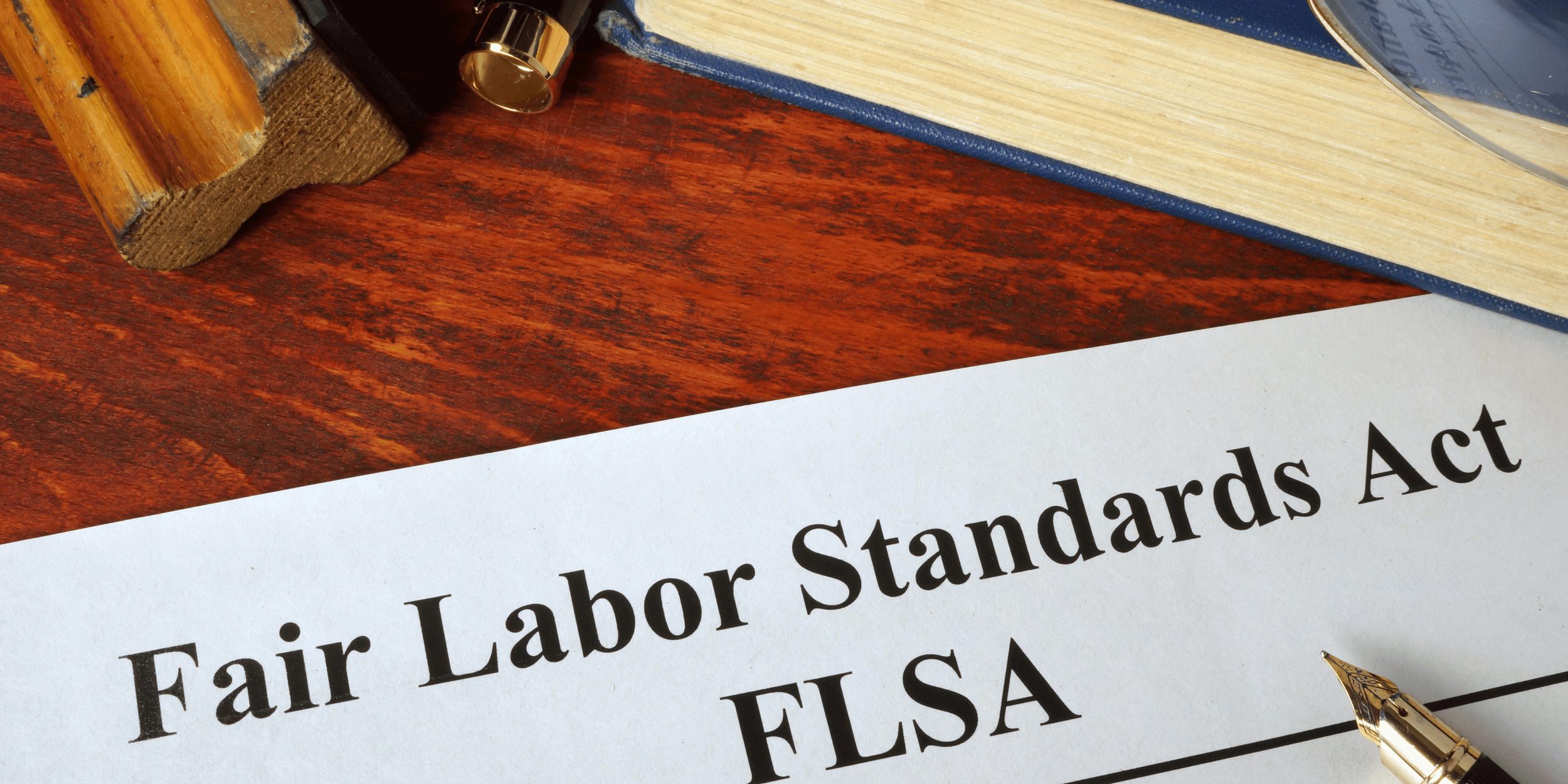June 2024 TogetHR Times
Summer Friendly Work Environment
by Kim Keene
Are you ready for the hot summer months? Are you an employer that has employees working outside? Creating a summer-friendly work environment involves several key strategies.
Ensure a Cool and Comfortable Workplace: Utilize fans or air conditioning to keep the office temperature pleasant. Keep blinds closed to minimize direct sunlight.
Embrace a More Relaxed Dress Code: If possible, allow for a more relaxed dress code during the summer months.
Support Work-Life Balance through Flexible Scheduling: Consider offering flexible working hours, such as starting and finishing earlier in the day so employees can take advantage of long summer evenings. You could also consider a more relaxed remote work policy for the summer period.
Organize Engaging Activities: Plan team-building activities that take advantage of the nice weather, such as company picnics or outdoor team-building exercises.
Offer Incentives and Rewards: Recognize hard work and offer incentives to keep employees motivated during the summer months.
Promote Health and Wellness: Encourage employees to stay hydrated and take regular breaks, especially during heatwaves.
Additionally, five states in the US have adopted standards for occupational health exposure.
California: California’s Heat Illness Prevention Standard requires employers to provide training, water, shade, and planning. A temperature of 80°F triggers the requirements.
Colorado: Colorado has rules for heat exposure, particularly in agricultural labor conditions.
Minnesota: Minnesota has a standard that applies to indoor places of employment.
Oregon: Oregon has a heat illness prevention website and regulations for General Occupational Safety and Health, which also applies to construction and forest activities, as well as Agriculture.
Washington: Washington State has an Outdoor Heat Exposure Rule.
For more details or advice on what your workplace should focus on during the hotter summer months, see your HR representative.
FLSA Update
by Christine Muller
On April 23, 2024, the U.S. Department of Labor announced a final rule, Defining and Delimiting the Exemptions for Executive, Administrative, Professional, Outside Sales, and Computer Employees, which will take effect on July 1, 2024. The final rule updates and revises the regulations issued under section 13(a)(1) of the Fair Labor Standards Act implementing the exemption from minimum wage and overtime pay requirements for executive, administrative, and professional (EAP) employees.
Revisions include increases to the standard salary level and the highly compensated employee total annual compensation threshold, and a mechanism that provides for the timely and efficient updating of these earnings thresholds to reflect current earnings data.
To be exempt from overtime under the FLSA's “white collar” executive, administrative and professional exemptions—the so-called white-collar exemptions—employees must be paid a salary of at least the threshold amount and meet certain duties tests. If they are paid less or do not meet the tests, they must be paid 1 1/2 times their regular hourly rate for hours worked in excess of 40 in a workweek (majority of states, some states such as CA and NY have additional requirements and definitions of OT).
Employees are exempt from FLSA minimum wage and overtime protections if they are employed in a bona fide executive, administrative, or professional capacity. To fall within the EAP exemption, an employee generally must meet three tests:
be paid a salary, meaning that they are paid a predetermined and fixed amount that is not subject to reduction because of variations in the quality or quantity of work performed;
be paid at least a specified weekly salary level; and
primarily perform executive, administrative, or professional duties, as provided in the Department’s regulations.
Changes in minimum salary requirements under the updated guidelines:
Employees making less than the salary-level threshold, such as hourly workers, can be eligible for overtime if they work enough hours.
Takeaway for employers: Employers now must decide whether to raise the salary of those employees who earn above the overtime threshold under the old standard but below it under the new standard, so they remain exempt. Employers that choose not to raise these employees’ salaries should be prepared to pay overtime to these employees when they work more than 40 hours in a workweek. Schedules for those employees whose salaries are not raised above the new threshold may need adjusting to limit overtime costs. Careful communication should be rolled out to explain why employees formerly categorized as exempt are now nonexempt.
Please join us on June 12th at 11:30-12:30 MST for our TogetHR Table Talk Discussion: FLSA Exemption Statuses Change as provide you with the latest information on the changes and what that will mean for you as an employer. Please use this link to register for the workshop. https://togethrconsulting.com/workshops-and-webinars/


